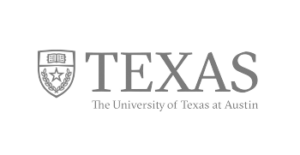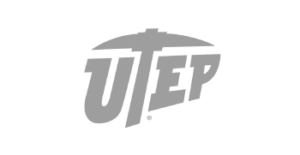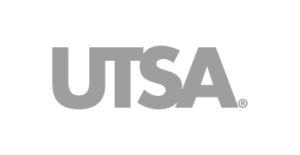Big data and its possibilities convinced Arjun Babuji to pursue a master’s in business analytics. A conversation with the CEO of a successful healthcare technology startup sparked Babuji’s interest and convinced the civil engineer to move from traffic consulting to the startup.
I-Corps training through the University of Texas at Austin is helping Babuji and Rahm Sensor Development Inc. (RahmSD) refine the business plan for the company’s patient monitoring system.
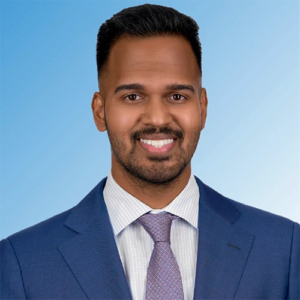
Arjun Babuji
“I wanted to understand more datasets and analytics and how technology is going into places,” Babuji said. “I wanted more business experience and to just make more of all the data that we have in the world today.”
A new opportunity to do that arose almost immediately at RahmSD, a startup with a device that uses continuous-wave radar to track a patient’s heart and respiratory rates. The device seamlessly integrates data from multiple sensors and uses a novel data processing algorithm to provide a precise picture of a patient’s vitals. The sensors measure from different angles and at different frequencies. The frequency determines the depth of the waves’ penetration so RahmSD can detail the patient’s condition.
RahmSD’s device is zero-touch, meaning it isn’t attached to the patients, and is placed within five feet of them. The setup means healthcare teams can remotely monitor patients without disturbing them, and patients are less likely to get tangled in or irritated by the cords attached to the devices that track vital statistics.
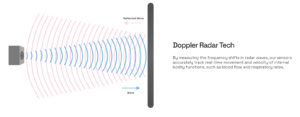
RahmSD Doppler Technology
RahmSD’s technology has its roots in a system used to remotely monitor animals in zoos and veterinary clinics. RahmSD CEO Vik Ramprakash had successfully developed VetGuardian through his startup, Structured Monitoring Products, before selling the business to Zoomedica Inc.
Ramprakash and RahmSD are now targeting a much larger market with a different kind of patient.
Babuji said RahmSD is using I-Corps training to adapt its technology for people and to ensure the monitors make sense for the human market.
“We’re going through the interviews, talking to physicians, nurses and people with medical backgrounds, even people that might be patients to find out what users’ needs might be,” said Babuji, RahmSD’s business development and operations lead.
Babuji said I-Corps’ customer discovery process has helped Rahm by making the company reexamine its business plan.
“Although we had previous success with a similar technology, every startup idea is new, and each has its own learning curve,” he said.
RahmSD is investigating its prospective customers’ pain points. The current focus is the long-term care/assisted living sector, whose clients are typically geriatric and/or have dementia.
The company plans eventually to offer the monitors to neonatal care units. Babies in the neonatal intensive care units are very, very young, Babuji said. Their skin is delicate. The adhesive used to attach the many cords required to track the babies’ vitals can actually peel their skin.
“The entire setup is cumbersome and very hard on such small human beings,” Babuji said. “A cordless, zero-touch device that monitors the babies’ vitals minimizes the risk of infection and injury.”
The neonatal market lies in RahmSD’s future. For now, the company is making sure its devices work for adults and working towards securing non-dilutive funding, financing that doesn’t require the company to give up any of its ownership, like research and development grants. RahmSD’s device is also going through the U.S. Food and Drug Administration regulation process.
Once the company masters the adult market, RahmSD can turn its attention to the neonatal market, Babuji said.






